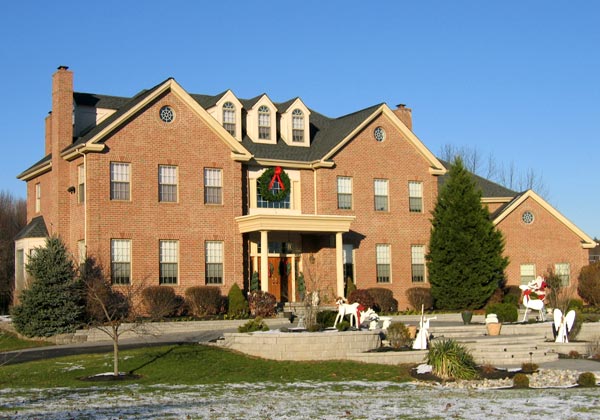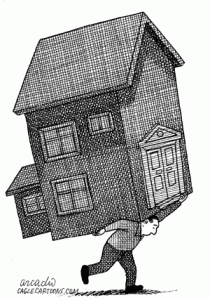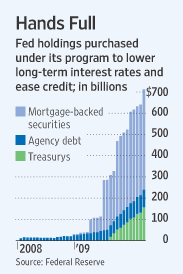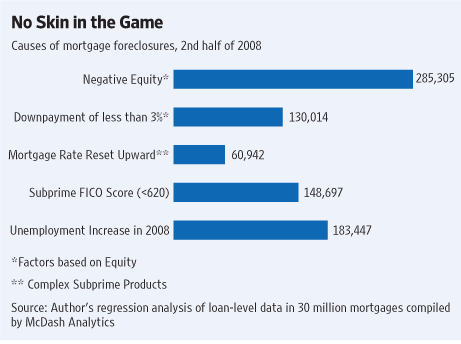Million Dollar Home Owners Falling Off The Cliff
“I think you’ll find the only difference between the rich and other people is that the rich have more money” – Mary ColumIf the difference between the rich and “other people” is money, why are the rich walking away from their mortgages just as fast as anyone else? This question is examined in a recent New York Times article which cites a serious delinquency rate of 1 in 7 for homeowners with a mortgage over $1 million compared to a delinquency rate of 1 in 12 for smaller mortgages. The Times’ conclusion is that the biggest defaulters on mortgages are ruthless rich folks with no scruples.
Without citing specific statistical analysis, the Times article seems to draw the conclusion that anyone with a million dollar mortgage would have substantial financial resources that could be tapped to keep the mortgage current. This may well be the case for some, but drawing from my own experience in the mortgage industry, many homeowners with the million dollar mortgages are financially thin and over leveraged. For a variety of reasons ranging from ego, poor financial planing or irrational exuberance, many purchasers walk into million dollar homes with empty pockets.
Many of the million dollar homes now in default were purchased when eager buyers believed that home values could only go up and that buying as much home as possible simply meant larger profits down the road. A ten percent gain on a million dollar home results in a handsome $100,000 gain – ten times the profit from purchasing a $100,000 home.
A few short years ago, at the height of the housing bubble, income was deemed irrelevant when banks granted mortgage approvals. The proverbial strawberry picker or fast food cashier with average credit could use exotic mortgage programs to buy at any price level chosen, without the bother of a down payment or income verification. Ever increasing home values then allowed cash extraction from a refinance or second mortgage, once again without the hassles of verifying income. It should come as no surprise that wannabe millionaires taking the biggest risks now have the highest default rates.
According to the Federal Reserve, “half of the defaults are driven purely by negative equity” when the mortgage debt exceeds 150% of a property’s value. Since high priced homes have seen large declines in value, it should come as no surprise that many strategic defaults will occur at the high end of the market by homeowners with million dollar mortgages. The open question is – does having a million dollar mortgage imply a wealthy homeowner?
If a statistical study was done on the net worth of defaulting homeowners who have million dollar mortgages, it would probably reveal that many of these alleged “rich” homeowners have an embarrassingly low or negative net worth. Consider the findings from one of the most influential studies on the mind set and lifestyles of the wealthy from The Millionaire Next Door: The Surprising Secrets of America’s Wealthy, by Thomas J. Stanley and William D. Danko.
Characteristics of the millionaire next door:
- Avoids buying status objects or leading a status lifestyle
- 97% are homeowners with an average home value of $320,000, occupying the same home for over 20 years
- The average millionaire lives well below his means and spends below his income level
The rich did not get rich by being poor stewards of capital or chasing housing bubbles. The bulk of those defaulting on million dollar mortgages (strategically or otherwise) are simply poor people, living in big houses they could never afford in the first place.

Living Large









